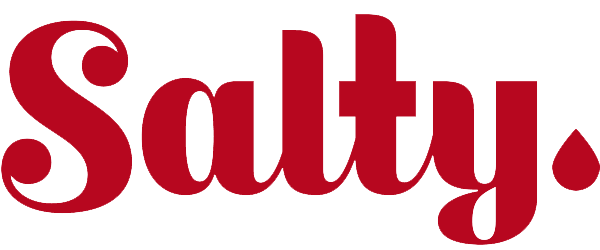Written by Megan (Bee) Williams
I recently left a job at a not-for-profit advocacy movement. I worked there for approximately six months before resigning. My time there was mired with bullying, sexism and a dash of homophobia, a sprinkle of racism. Every thoughtful, rehearsed grievance I made to the leadership was deemed ‘emotional,’ and I found myself trying to fight management in a so-called ‘non-hierarchical space.’ That sounds like a total contradiction right? But this is not uncommon.
I was excited when I first learned that I had landed my job. I had experience in the movement at a voluntary level for more than two years, so I had confidence I would know how to respond and resolve any issues at work. People knew me in regard to my activity in the movement and we were excited for what I could do and organise. I felt seen.
Whilst being non-hierarchy, there was a leadership team who made large decisions and organised big meetings. The problem was that interpersonal issues were being addressed by leadership as if the underlying structural issues didn’t exist. The ‘interpersonal’ issues can be broadly described as the left leaning members of the movements felt silenced and actively ignored, and the opinions of the more conservative or moderate members seemed to hold more weight in meetings.
My ‘honeymoon phase’ quickly dissipated. Policy documents were written to reduce our need for debate about which media request we should follow through with, how we should handle our data safety but our need for an internal conflict facilitation team was left on the proverbial desk. No-one had time to ratify new documents and the old documents on good behaviour and inclusion weren’t actively circulated. Most people never saw them.
People had to trust the process and leadership team to deal with their complaints, but instead each weekly meeting would include discussing how allegations of sexism or silencing were actually offensive to the accused and distracting from our cause.
Having so few visible marginalised people was really telling, thinking about it. People (read: white men) often say “well no-one (read: QBIPOC) is signing up for these roles! What can we do about the fact no-one puts their name forward!” Diversity is everywhere naturally, if there really are no marginalised peoples visibly working in the movement it’s because they don’t feel safe in the space.
Anyway, here are my top five red flags that I learned through experience at a not-for-profit, NGO or any type of advocacy group:
- They call themselves non-hierarchical but have a senior leadership team or anything other than volunteers and a legal board.
- You’re not sure where your work really comes from. Who are you working as a mouthpiece for?
- Majority of people on said senior leadership team are white and or male.
- There’s frequent outbursts of distrust and lack of confidence in how the movement or group is being run, typically coming from not white, not male folks.
- Anybody on the senior team (yes, this includes the board) who uses corporate positive jargon and constant positive affirmation.
If you see more than two of these, it’s honestly not worth it. Take it from me, a girlboss who flew too close to the sun and got burned.
About the Author:
Megan (Bee) Williams is an infrequent writer with a passion for highlighting queer, de-colonised, SWANA & Mizrahi voices, and a more frequent babka eater.
Follow Here: @persian.jewess

